Description
‘Haridra’ is the Sanskrit word for Turmeric and ‘Khanda’ denotes a granular or chewable dosage form. Haridrakhandam, a versatile immunity booster brings together the potent clinically proven anti-inflammatory & anti-histaminic action of Curcumin or Indian Turmeric with a choice list of ingredients like Indian gooseberry, Myrobalan, Tropical almond, Nutgrass and Caltrop.
Allergy is an exaggerated immune response by the body to seemingly harmless stimuli. A ‘sensible’ and competent immune system is the key to absolute physical health. Haridrakhandam efficiently hacks into the immune mechanism of the body and modulates it for a body free of disease and morbidity.
Features and benefits of Haridrakhandam –
- Ingredients like Indian ginger, black pepper, long pepper, white-flowered embelia and cinnamon have established action in balancing the Kapha dosha (phlegm). These drugs remedy excess mucus production and respiratory tract congestion in toto.
- Haridrakhandam is a curcumin rich immunity booster that effectively overcomes chronic allergy disorders and builds disease resistance in kids and adults alike.
- Equips the body’s defence mechanism against recurrent cold, flu and infections, while keeping allergic reactions at bay.
- Calcined ferrous sulphate, a safe haematinic in Haridrakhandam, effectively caters to the daily iron requirement and maintains healthy heme levels.
- The Haridrakhandam formulation primes up the digestive process to facilitate absorption and nourishment and keeps healthy metabolism in check.
- Improves and maintains skin health. Haridrakhandam keeps away recurrent fungal infections and blistering due to climatic changes. Very useful in urticaria (Chronic hives) and other skin disorders characterized by itching and rashes.
- The ingredients come together in a soothing base of ghee and cane sugar, making it highly palatable for all ages.
Adults: 10-15 gms of Haridrakhandam in a glass of lukewarm water or milk at bedtime.
Children: 3-5 gms in honey or half a glass of lukewarm water at bedtime.
Key Ingredients:
HAREETHAKI (Terminalia chebula)
Popularly known as Indian walnut for its innumerable benefits or Indian hog plum in English, it is extremely valuable for its role in improving hair health. It is useful for treating scalp infections like dandruff, itching and hair fall. It also strengthens them from the roots, prevents breakage and loss of hair and bestows silky soft smooth hair. Chebulic Myrobalan is one of the three key ingredients in Triphala, a natural compound that provides overall support for digestive function and helps ensure that the digestive tract works at optimal levels. The Ayurvedic Pharmacopoeia of India has documented the use of the powdered herb in intermittent fevers and chronic fevers, anemia and polyuria. Chebulic Myrobalan can also be used to treat gastrointestinal and respiratory disorders
AMALAKI (Emblica officinal)
It is commonly known as the Indian gooseberry is high in Vitamin C and natural antioxidants known as flavonoids and polyphenols. When used for hair treatments, it is found to strengthen and condition follicles down to the roots. Amla oil can promote hair growth, reduce dandruff, and prevent the graying of hair.
VIBHITHAKI (Terminalia Bellerica)
It is known as beach almonds or Bedda nut tree. It is rich in Vitamin C and other antioxidants that nourish the hair roots. Bibhitaki helps in making the roots of the hair stronger, minimizing hair fall and preventing premature graying of hair strands.
SHUNTI (Zingiber officinalae)
Due to its strong flavor, Ginger is an essential ingredient in many Asian cuisines. Its therapeutic benefits have been recorded in Ayurvedic and Traditional Chinese Medicine. Ginger is a potent anti-nauseatic and is beneficial in treating upset stomach. Gingerol and shogaol, active components of Ginger, suppress gastric contractions. Both the fresh and dried rhizomes of Ginger suppress gastric secretion and reduce vomiting. The compounds 6-gingerol and 6-shogaol have a number of pharmacological properties, including antipyretic, analgesic, antitussive and hypotensive properties.
MARICHA (Piper nigrum)
It is commonly known as black pepper. The common ingredients at the kitchen. Its properties include Antidepressant, Antifungal, Antidiarrhoeal, Anti-inflammatory, Antimutagenic, Anti-metastatic activity. Crushed pepper with honey relieves cold and steam inhalation along with eucalyptus reduces chest congestion.
MUSTA (Cyperus rotundus)
Commonly known as common nutsedge, it is effective in gastritis, irritable bowel syndrome. Due to its breast purification property, it is used during postpartum care to avoid indigestion to the child. Nut Grass has a long history of medicinal use in the Ayurvedic system of medicine. Its benefits have been documented in the Charaka Samhita, one of Ayurveda’s prime texts. The herb also features heavily in the medicinal texts of Chinese Traditional Medicine (CTM). In CTM, Nut Grass is credited with the ability to restore ‘Qi’, the natural patterns in which the body functions.
PATRA (Cinnamomum tamala)
It is also called Tejpatta, and Tejpat, in English, named as Indian Bay Leaf, and botanically Cinnamomum Tamala is an Indian spice as well as an Ayurvedic medicine. Additionally, it stimulates the digestive enzymes, which help to improve the digestion of food and increase the bioavailability of the nutrients during the digestion process in the intestine.
TWAK (Cinnamom verum)
Twak, also known as Cinnamom verum, is used for Neurological Disorders, Cardiovascular diseases, Oxidative stress, Inflammatory disorders, Diabetes, Microbial infections, Cancer, and other conditions. extensively in Ayurveda.
SITA (Saccharum officinarum)
Commonly known as sugarcane, its roots are used for therapeutic purposes. Having properties aphrodisiac, laxative, cooling, demulcent, antiseptic, and tonic. Sugarcane juice is very useful in jaundice conditions.


 Sign In
Sign In Cart
Cart 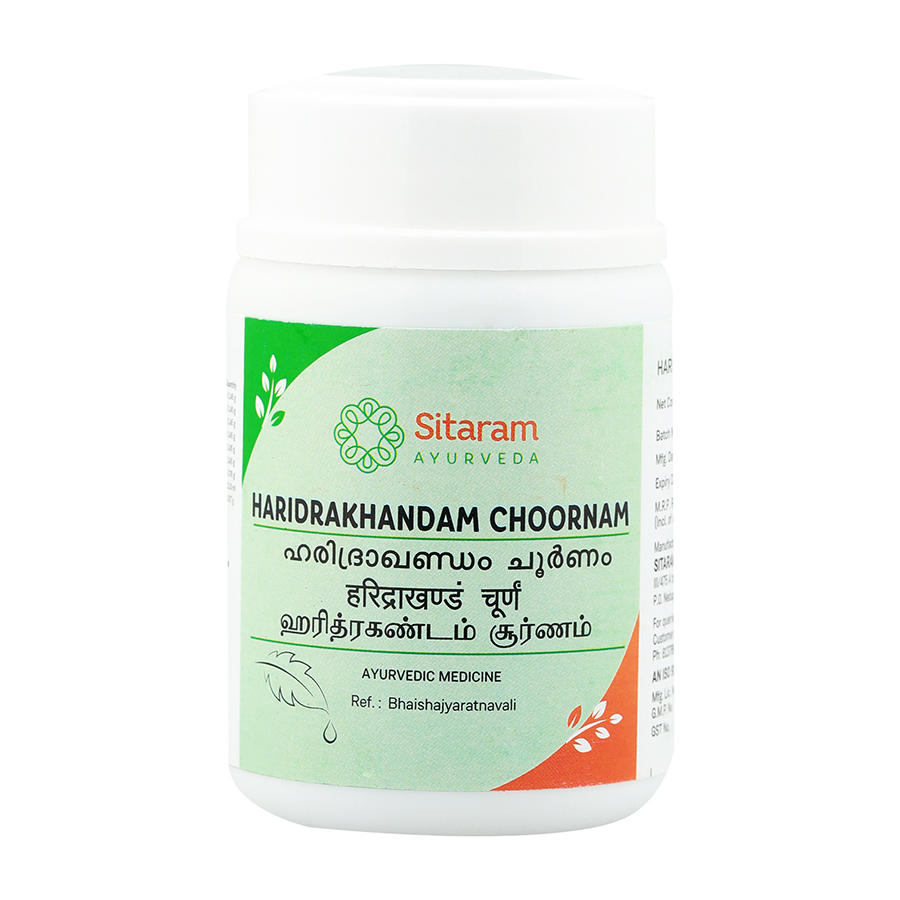
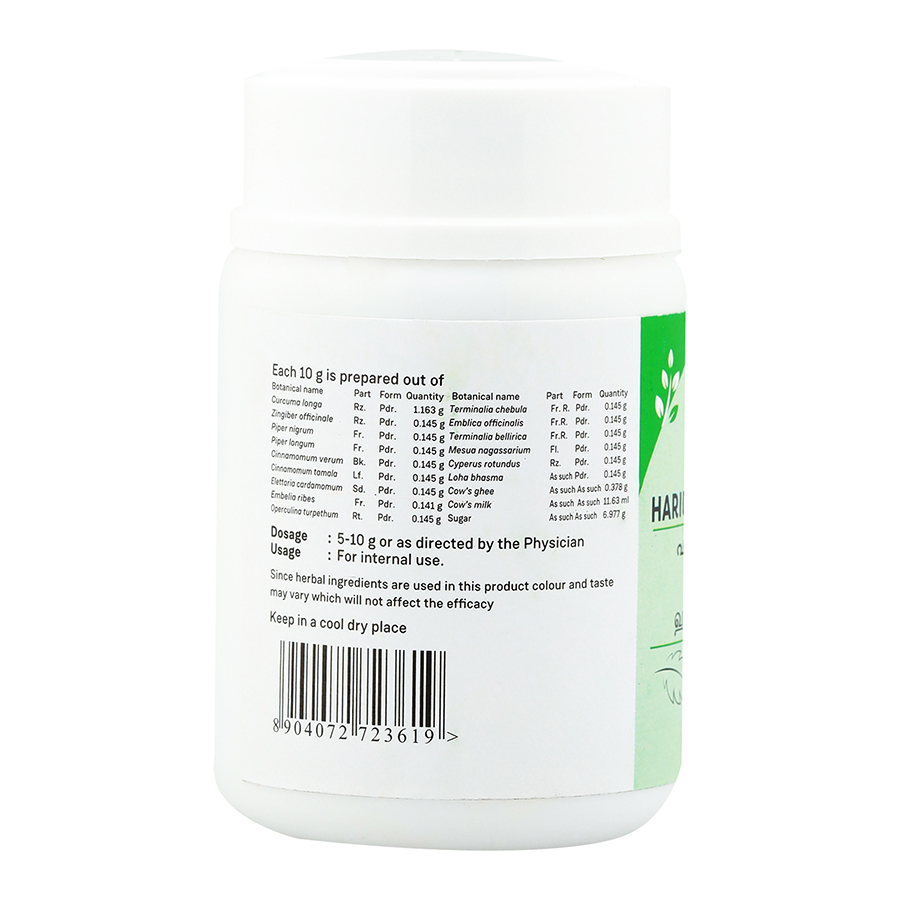
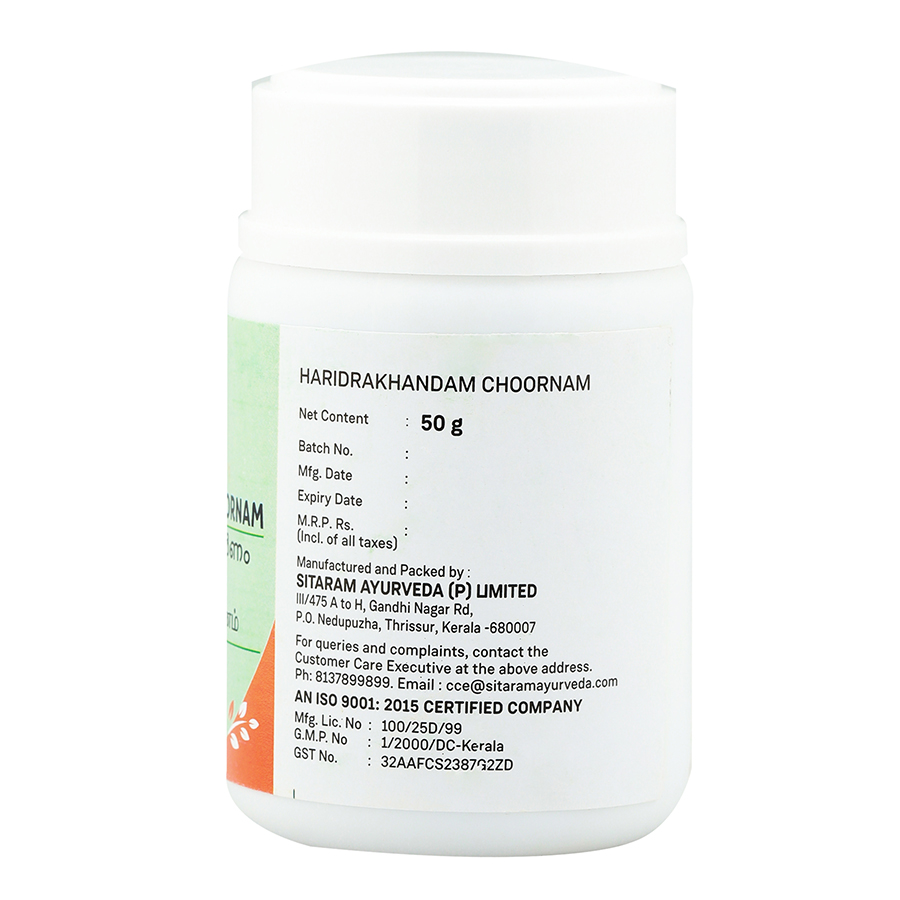
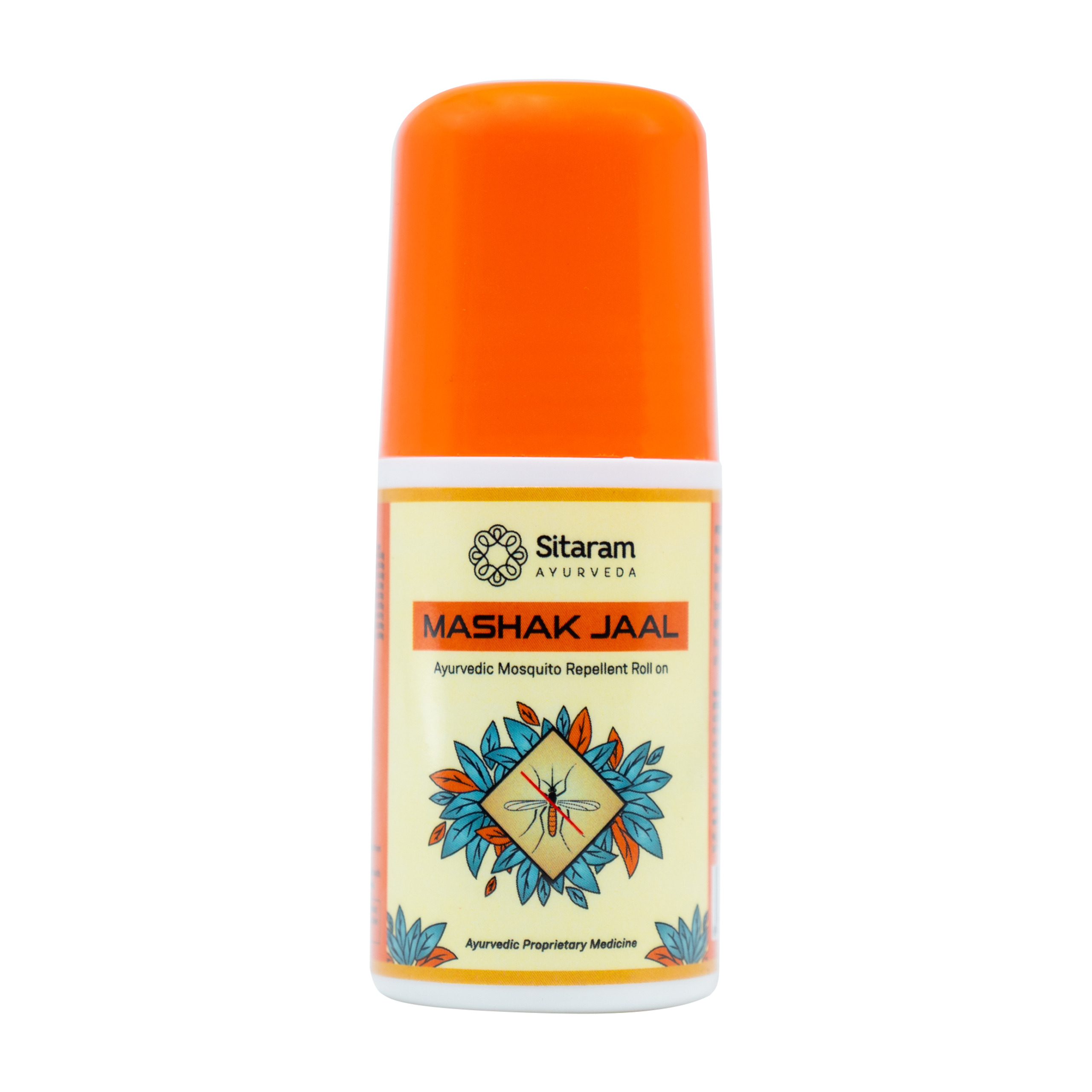
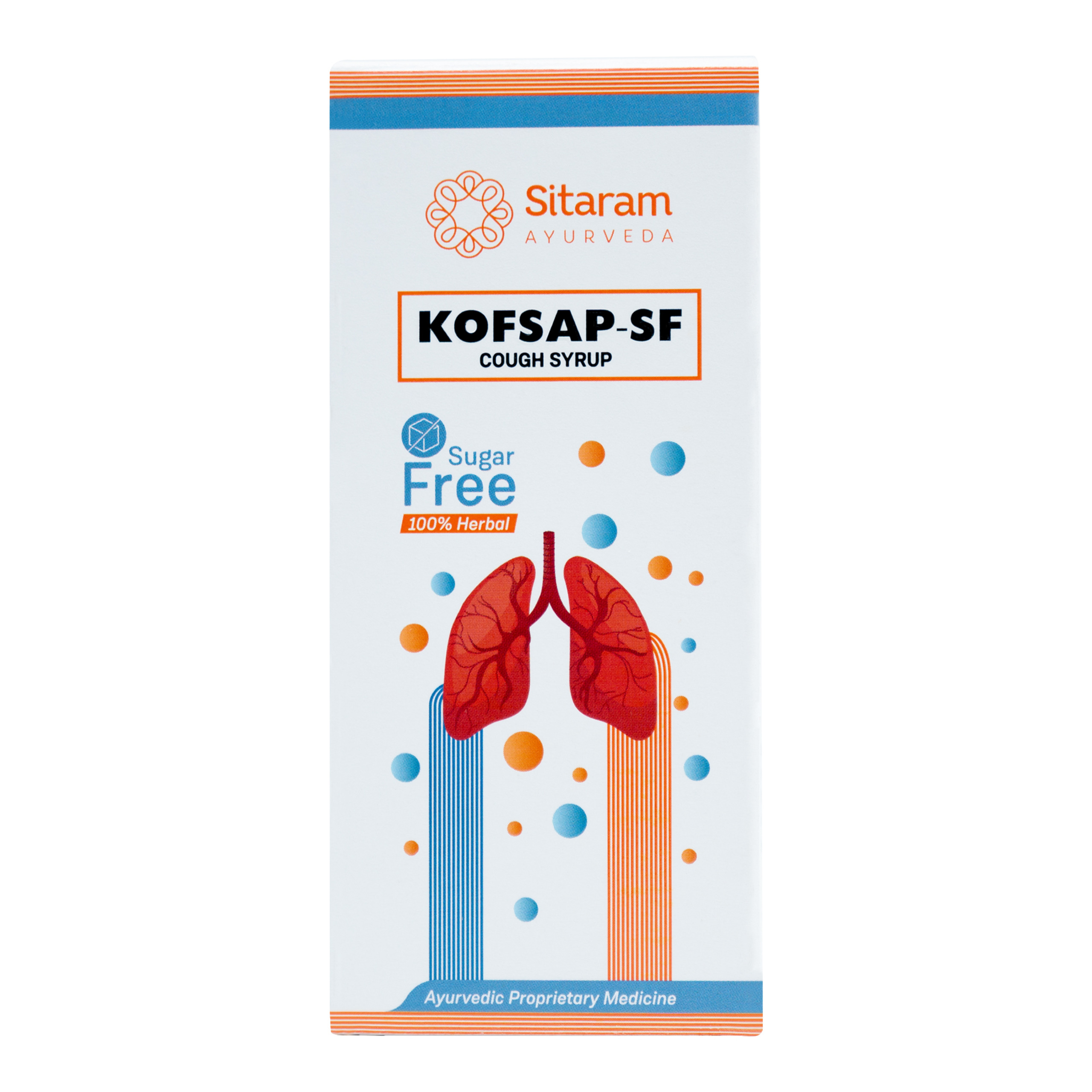
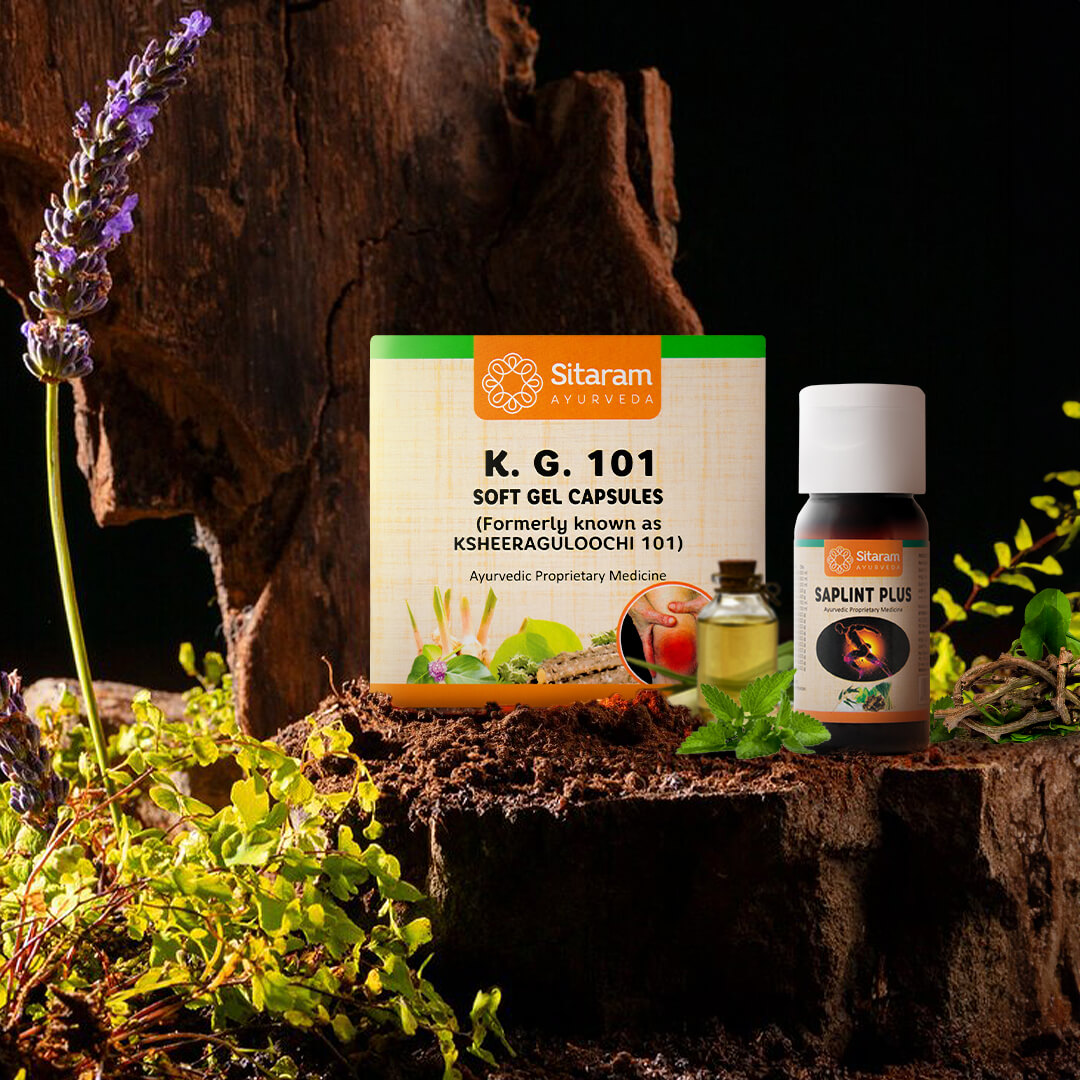
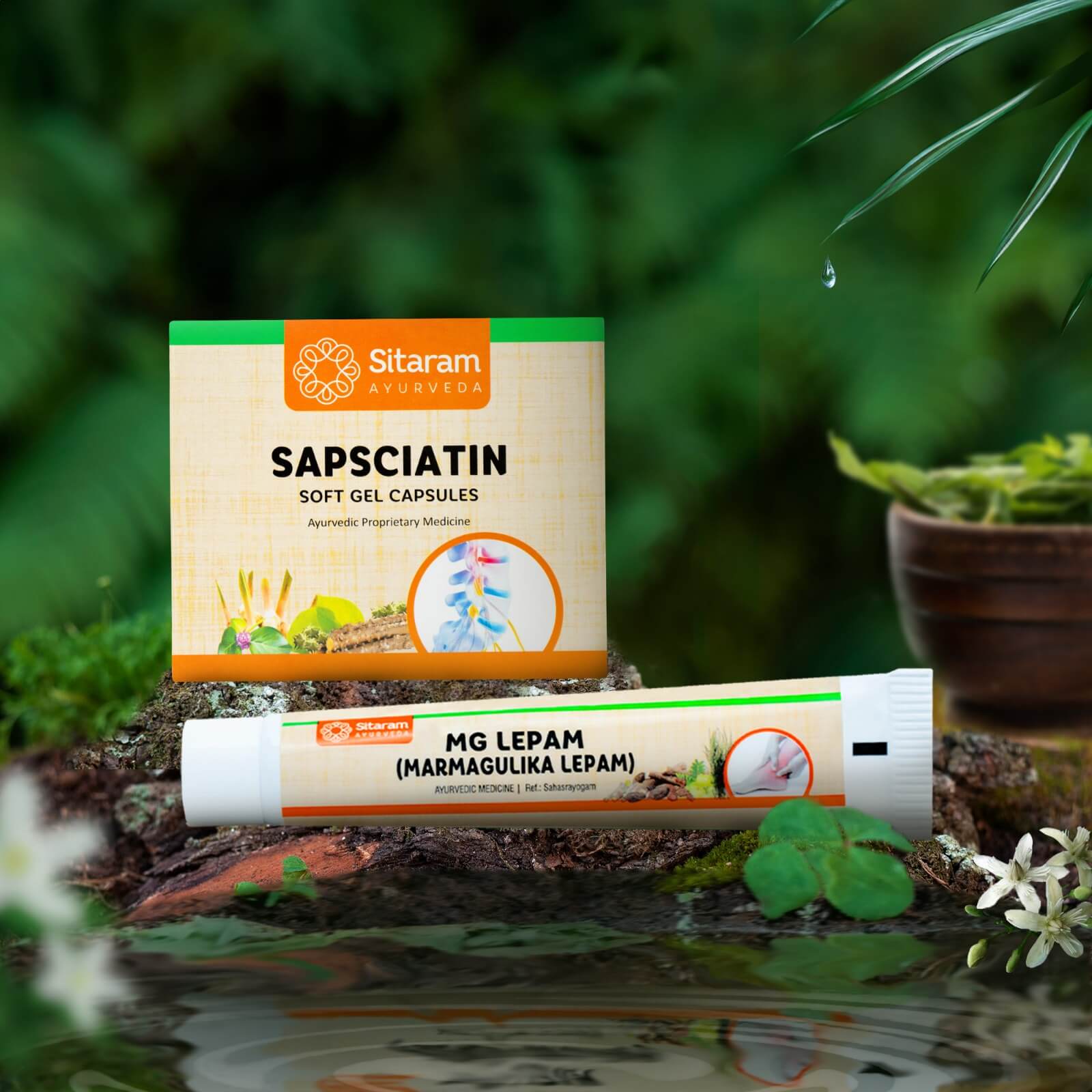
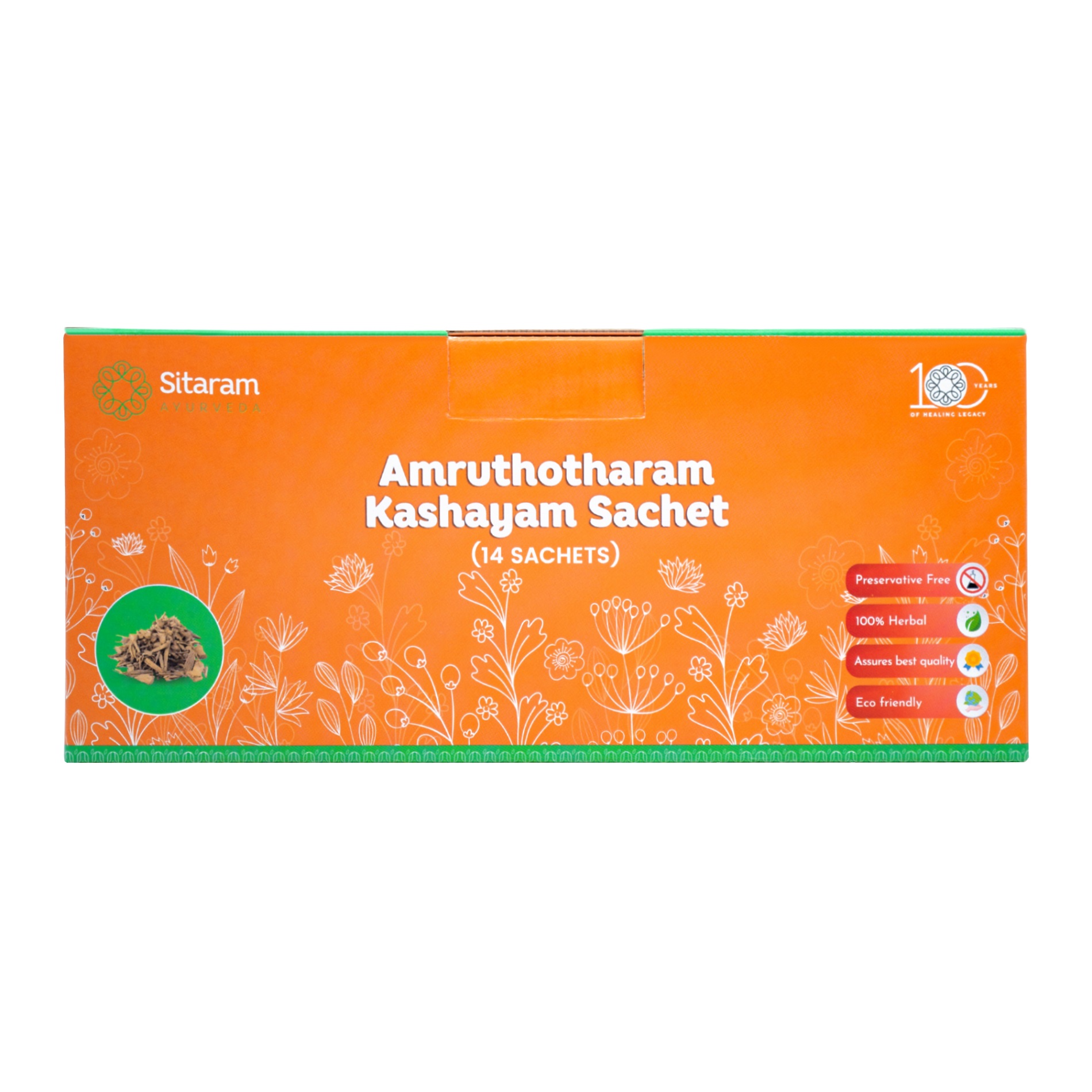
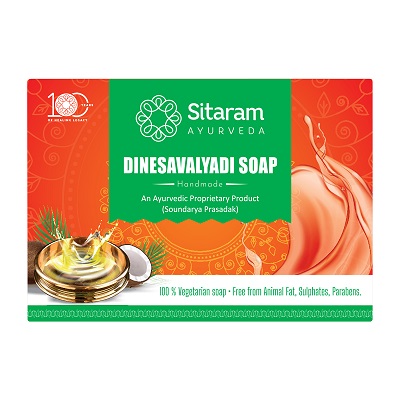
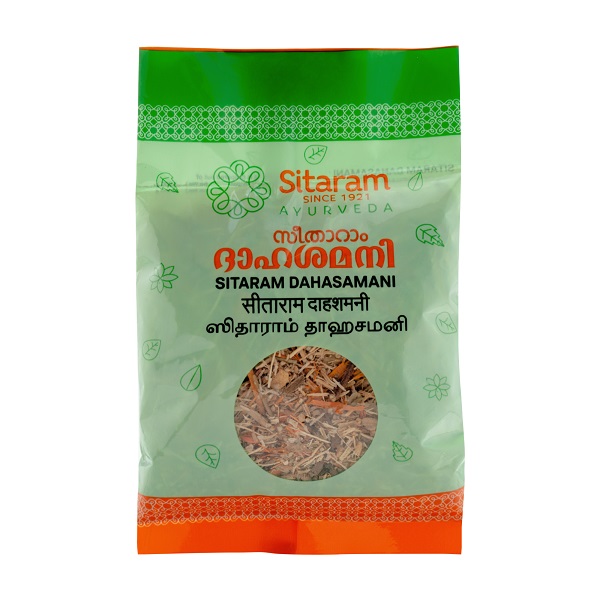
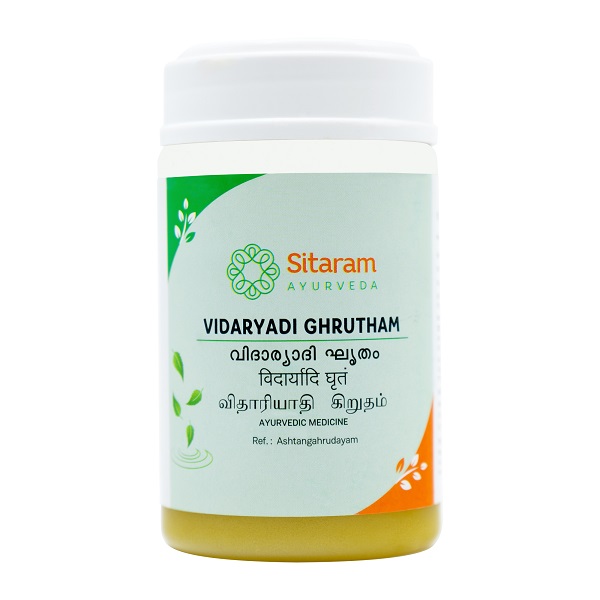
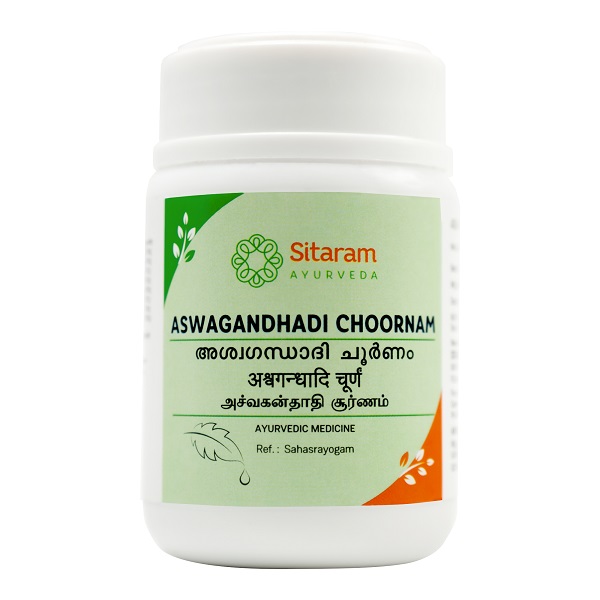
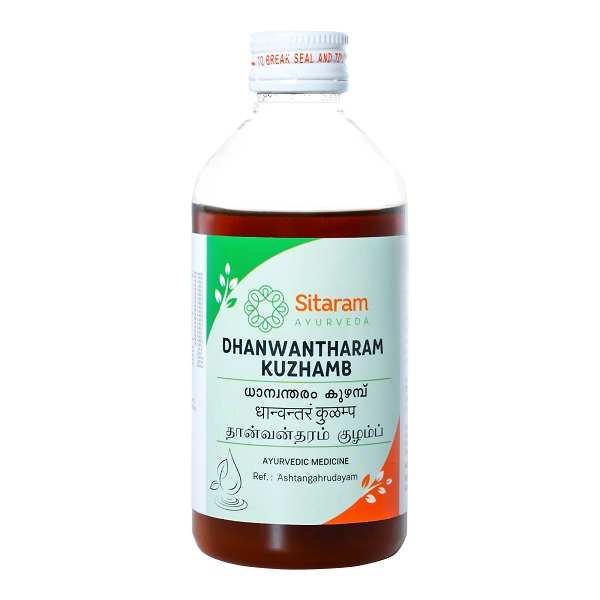
Krsna Prema Rūpa Devi Dasi (verified owner) –